
Craig Barton interviews guests from the wonderful world of education about their approaches to teaching, educational research and more. All show notes, resources and videos here: https://www.mrbartonmaths.com/blog/
Bernie Westacott is a master of teaching key mathematical concepts in a visual way, using manipulatives and other representations. In this episode he takes me through 3 demonstrations: introducing number, operations with negative numbers, and simultaneous equations. In a world first for the Mr Barton Maths Podcast, this episode is available in both audio and also video so you can see Bernie in action, and watch me struggle!
For more information about today’s guest, plus links to the websites, resources and ideas they mention, please visit the show notes page: http://www.mrbartonmaths.com/blog/bernie-westacott-teaching-maths-with-visuals-and-manipulatives/

On this episode of the Mr Barton Maths Podcast, I spoke to Bernie Westacott.
Now, this is a podcast with a difference, as for the first time ever it is available in two formats. There is the usual audio, which you are listening to now. But this podcast was also filmed and is available to watch via my YouTube channel, with the links at the bottom of this page.
Now, why the video, I hear you ask? Is it because you had bought a new white shirt and wanted to show it off? Partly. But mainly because the focus of this interview is on teaching mathematics in a visual way, via the use of manipulatives and other representations. Regular listeners to the show will know that this is an area I have been wanted to investigate for a while, and Bernie turned out to be the perfect man to do it.
Now, whilst visual mathematics naturally suggests a video medium, I have tried my very best to describe what is going on so it will make as much sense as possible to audio listeners. My advice is to give the episode a listen first, and then if there are bits that you want to watch, head over to the podcast show notes where you will find links to the specific sections of the interview for your viewing pleasure.
So, what did we cover? Well quite a bit:
- What is Bernie favourite failure, and what did he learn from the experience?
- Has Bernie always taught in this visual way, and where did the inspiration come from?
- And then Bernie does three demonstrations of how he approaches 3 different topics in visual ways: first the very beginning of number, then the minefield of negative numbers, and finally simultaneous equations with 6 year olds.
- During these demonstrations, all the equipment that I am shamefully clueless about comes out, including rekenrek, counters, and some weird rectangles with holes in them, as well as ways of representing these concepts using nothing more than pen and paper
- Bernie then answers some general questions about teaching this way, before reflecting on some of the key lessons he has learned over the course of his long and distinguished career.
I have learned some things over 3 years worth of podcast, and had some things to think about, but none more so than in this interview. I have also rarely been more out of my depth. It was a privilege to watch a master such as Bernie at work.
This is an experimental format for the podcast, and I would be interested to know if you like it and would like me to try similar things in the future. I’d certainly be up for it, but if it is just me, my Mum and wife watching the video – and two of those under duress – then I probably won’t bother.
A huge thank you to Bernie, Mark McCourt, Derry, Louise and the team at OUP for making this happen. I had an absolute ball.
Bernie Westacott’s Big 5:
1. Mr Barton Maths Podcast
2. Mark McCourt blogs
3. MathsBot
4. Diagnostic Questions
5. MathVisual
On Twitter Bernie is @berniewestacott
And here are the photos of the simultaneous equations that Bernie solves
My usual plugs:
- You can help support the podcast (and get an interactive transcript of all new episodes) via my Patreon page at patreon.com/mrbartonmaths
- If you are interested in sponsoring an episode of the show, then please visit this page
- You can sign up for my free Tips for Teachers newsletter and my free Eedi newsletter
- My online courses are here: craigbarton.podia.com
- My books are “Tips for Teachers“, “Reflect, Expect, Check, Explain” and “How I wish I’d taught maths”
Thanks so much for listening, and I really hope you enjoy the show!
Craig Barton
Full Bernie Westacott YouTube playlist (10 videos)
1. Introduction
2. Maths Speed Dating
3. Career
4. Favourite Failure
5. Visual teaching introduction
6. Demonstration: Beginning of number
7. Demonstration: Negative numbers
8. Demonstration: Simultaneous equations
9. Reflections:
10. Big 3 and close

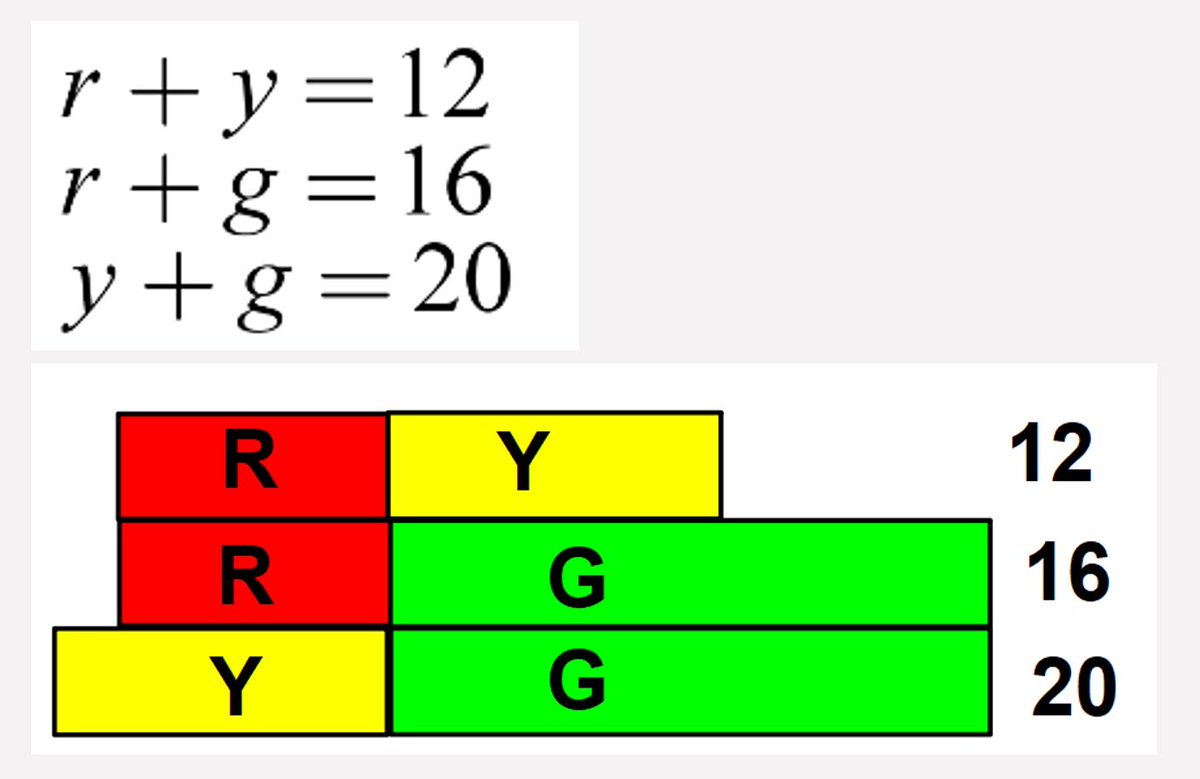
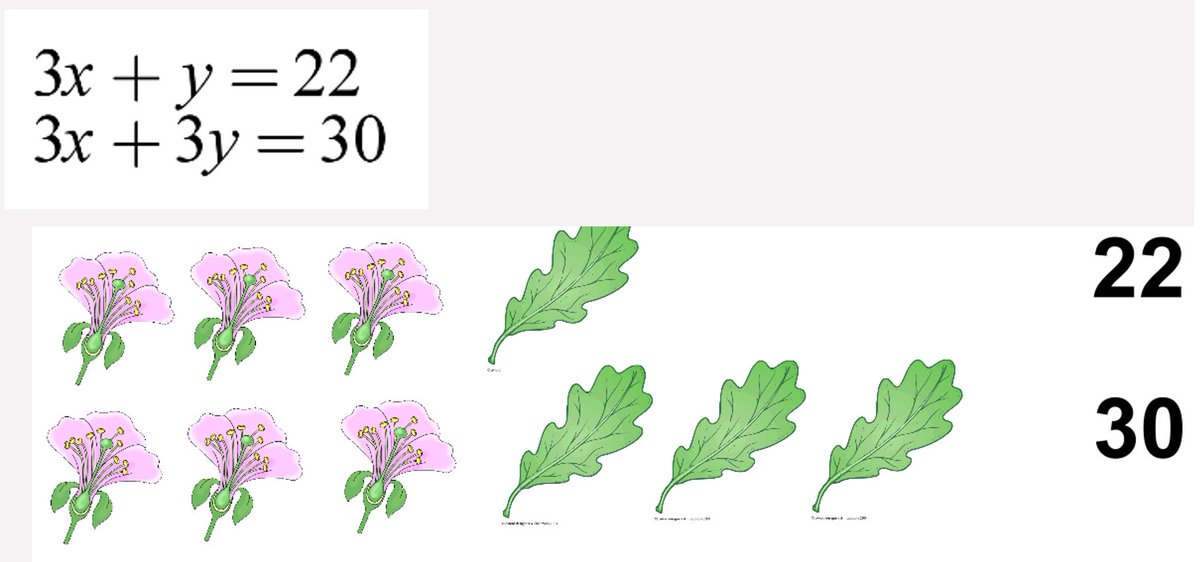
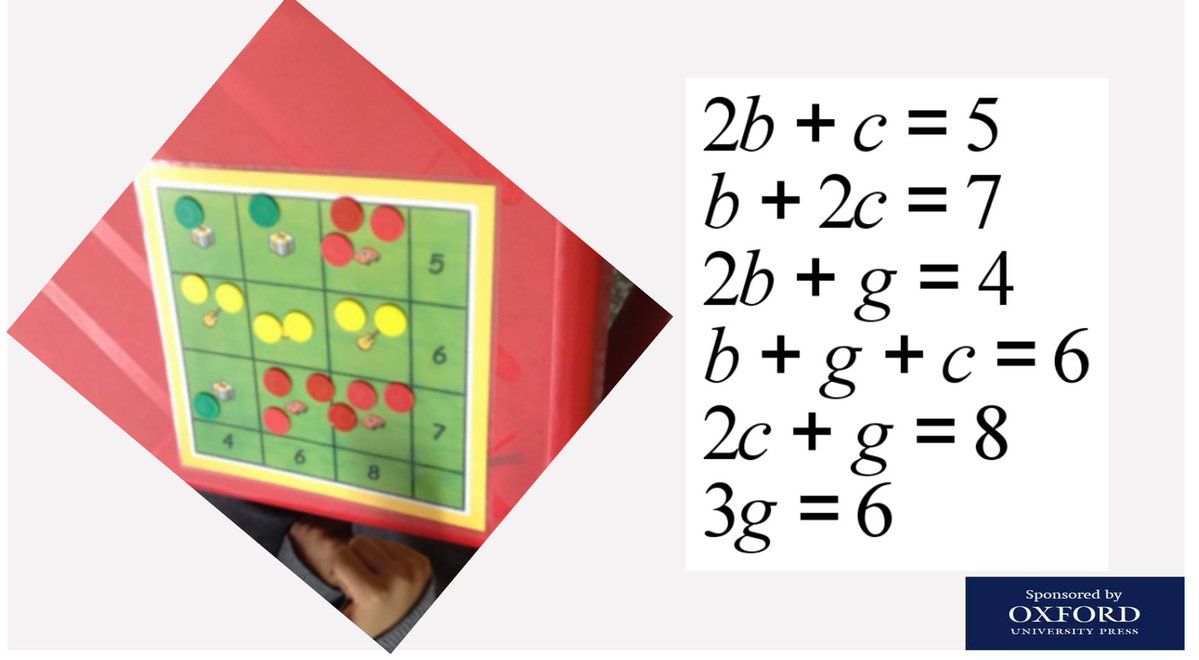
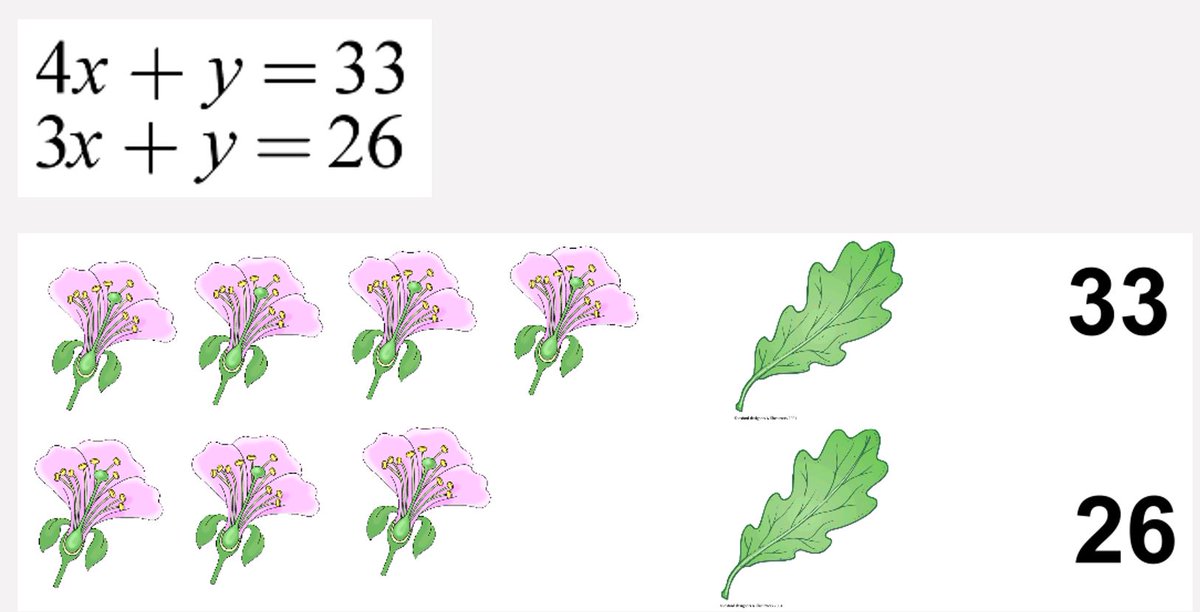
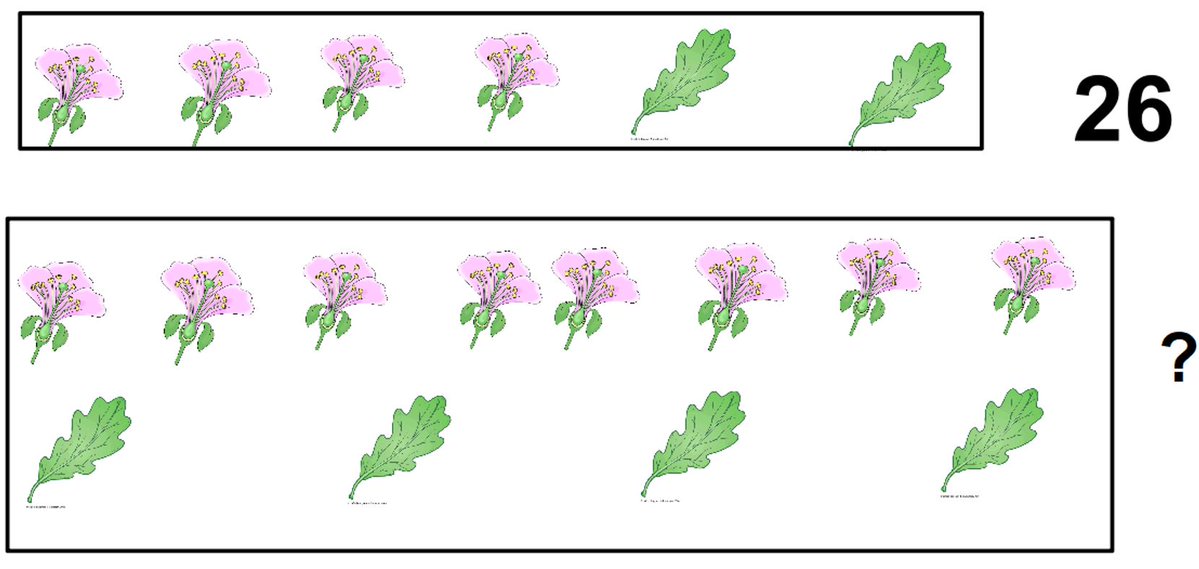
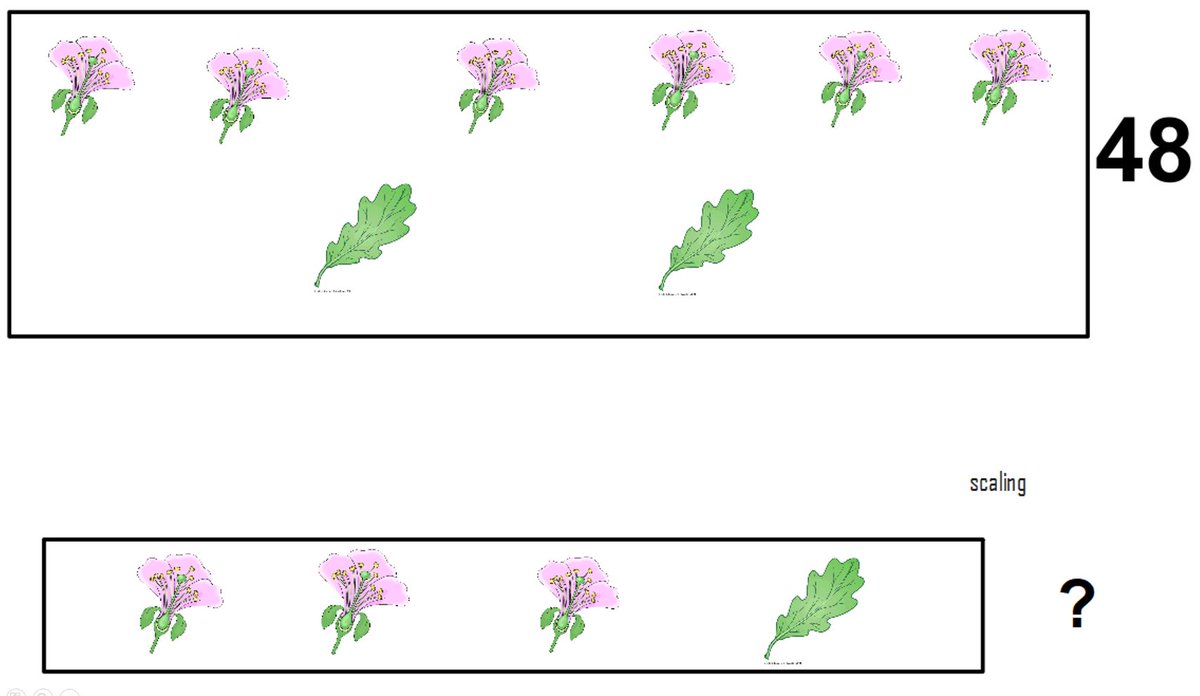
I’ve been watching this videocast in various parts and I am really impressed by how much you can learn and take away from this format. This ties in perfectly well with Mark McCourt’s course yesterday on Multiple Representations as well. Re: Part 6, I have tutored some students with Dyscalculia who work out every calculation out in clusters of one. Ronit Bird even calls it the ‘counting trap’. Using a range of manipulatives, including dice pattern based games it’s truly rewarding to see a tutee start to gain number sense. It can liberate them when it comes to using money in day to day life. I need to get more manipulatives and this video has given me some excellent ideas.
That’s just blown my mind! I’ve seen some of it before, & for me the visual is obvious. I’ve been playing with using bar models for simultaneous equations with resit students with dyslexia & in fact it dies make it easier. Seeing how it all links together is brilliant.